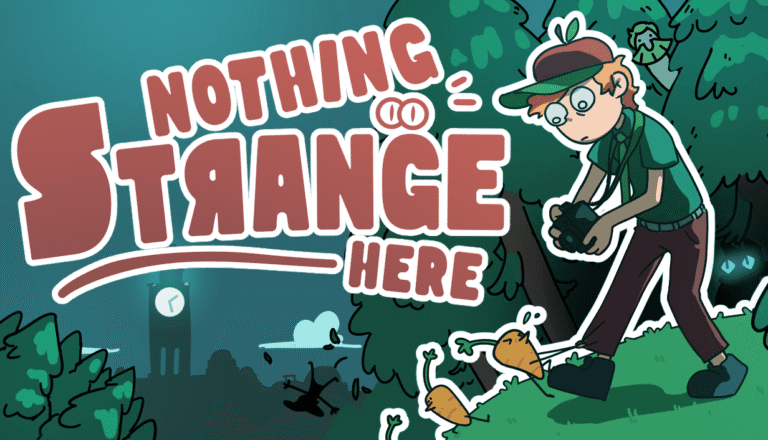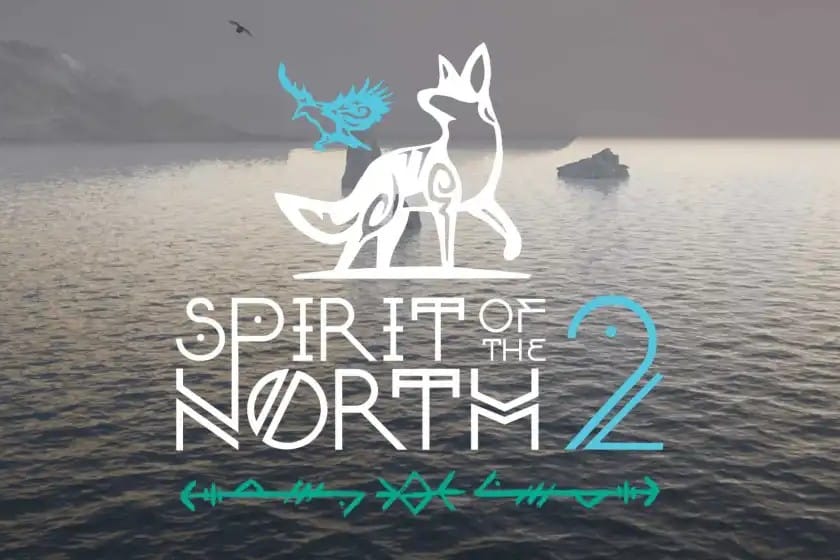
There’s something profoundly moving about watching a lone fox trot across windswept tundra, its crimson fur stark against snow-dusted stones and forgotten monuments. Spirit of the North 2 doesn’t just invite you to witness this journey-it transforms you into it. After spending countless hours guiding this mystical creature through corrupted lands, I can confidently say that Infuse Studio has crafted something genuinely special, even if it occasionally stumbles on its ambitious path.
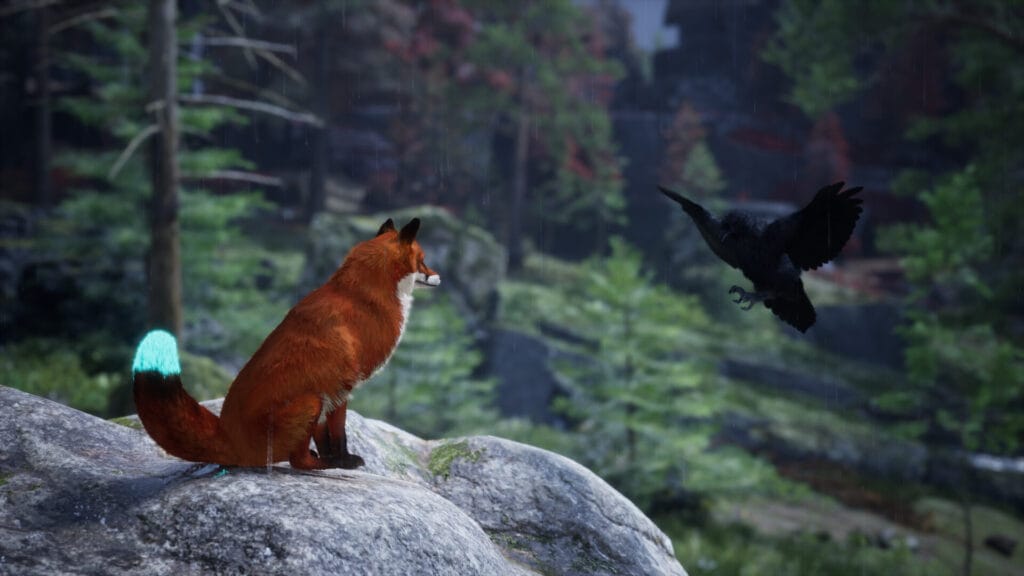
This isn’t your typical action-adventure sequel that doubles down on combat and complexity. Instead, Spirit of the North 2 expands its predecessor’s meditative formula into something more substantial while preserving the ethereal charm that made the original such a cult favourite among atmospheric game enthusiasts.
What Lurks in the Nordic Mists?
Spirit of the North 2 is a third-person adventure game that trades conventional genre expectations for something far more contemplative. Set in an ancient world inspired by Nordic mythology, you embark on the journey of an isolated fox far from home, accompanied by a wise raven companion. The premise is deceptively simple: seek out the lost legendary guardians and free them from the dark shaman Grimnir’s corrupting influence.
Unlike the linear progression of its 2019 predecessor, this sequel embraces open-world exploration, allowing players to roam freely through diverse biomes that span dense forests, snow-capped peaks, misty highlands, and ancient crypts. Built on Unreal Engine 5, the game promises visual fidelity that matches its ambitious scope, though as we’ll explore, the results are decidedly mixed.
This isn’t a game about conquering enemies or accumulating loot-it’s about restoration, discovery, and the quiet power of perseverance. Think Journey meets ICO with a dash of RIME’s environmental storytelling, all filtered through the lens of Scandinavian folklore.
A Silent Epic: When Actions Speak Louder Than Words
Spirit of the North 2 continues the series’ tradition of wordless storytelling, relying entirely on environmental narrative and visual cues to convey its tale. The story unfolds through your fox’s inadvertent awakening of an ancient warlord spirit, setting in motion a chain of events that threatens to permanently corrupt the sacred land.
The narrative explores themes of respect, grief, and reconciliation through encounters with corrupted tribal guardians-each representing a different aspect of the natural world that has fallen to darkness. What makes this approach particularly effective is how the game trusts players to piece together the larger mythology through scattered scrolls, runic inscriptions, and the behaviour of the creatures you encounter.
The relationship between your fox and the raven companion serves as the emotional core of the experience. Their bond develops organically through shared moments of discovery and danger, with the raven providing not just guidance but genuine companionship. Watching it perch on your fox’s back during moments of rest or scout ahead during exploration creates an authentic sense of partnership that many dialogue-heavy games fail to achieve.
The environmental storytelling shines brightest in the game’s underground sections, where bioluminescent runes pulse with ancient power and crumbling murals hint at civilizations lost to time. These moments of discovery feel earned rather than handed to you, creating a profound sense of archaeological wonder that elevates the entire experience.
Paws-itively Enhanced: Gameplay That Finds Its Footing
The most significant improvement over the original lies in the movement overhaul. Your fox now feels like a living creature rather than a remote-controlled avatar, complete with full turning animations, contextual reactions, and idle behaviours that bring personality to every moment. The addition of fox customization-including tail shapes, fur patterns, and build variations-might seem superficial, but it creates a surprisingly strong personal connection to your character.
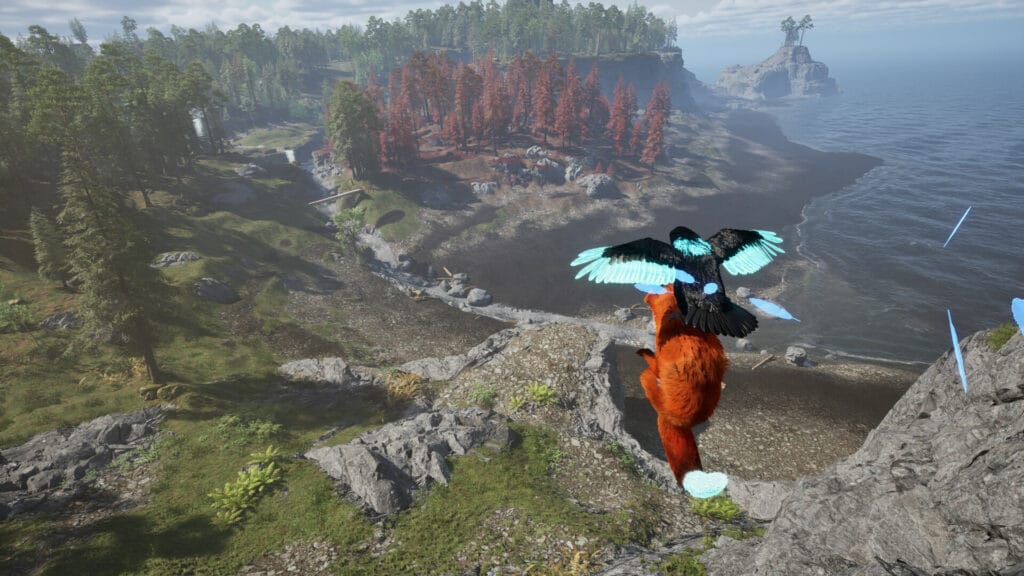
Exploration drives everything in Spirit of the North 2. The open-world design encourages organic discovery, with obelisks revealing nearby points of interest and wisps serving as currency for unlocking secret passages. The freedom can feel overwhelming initially, especially for players accustomed to waypoint-driven progression, but embracing this liberation makes discoveries feel genuinely rewarding.
The puzzle design strikes an admirable balance between accessibility and cleverness. Environmental puzzles utilize your Spirit Form abilities and newly acquired rune powers to manipulate ancient machinery and unlock forgotten paths. None overstayed their welcome during my playthrough, typically requiring 5-10 minutes of thoughtful observation rather than frustrating trial-and-error.
Boss encounters represent the game’s boldest departure from the original’s purely peaceful approach. These puzzle-based confrontations with corrupted guardians eschew direct combat in favor of evasion, environmental manipulation, and pattern recognition. The Bear guardian battle, in particular, showcases this design philosophy beautifully-requiring players to use the environment itself as both shield and weapon while gradually purifying the corrupted spirit.
However, the expanded scope sometimes works against the experience. The freedom to explore occasionally leads to aimless wandering, and the lack of clear objectives can frustrate players seeking more structured progression. Additionally, some underground sections suffer from unclear visual cues that make navigation unnecessarily obtuse.
The Good, The Bad, and The Foxy
Strengths That Soar
The visual artistry deserves particular praise, especially in landscape composition and lighting design. Unreal Engine 5 delivers genuinely breathtaking vistas, from golden-drenched hillsides to moonlit temple ruins adorned with glowing runes. The day-night cycle and dynamic weather systems add meaningful atmosphere rather than serving as mere cosmetic flourishes.
The audio design creates an immersive soundscape that perfectly complements the visual storytelling. Every footstep, wind gust, and distant call contributes to the game’s meditative atmosphere. The musical score enhances rather than overwhelms, knowing precisely when to swell and when to fade into ambient silence.
Fox customization and the enhanced movement system transform what could have been a simple avatar into a genuinely expressive character. The raven companion’s AI behaviors feel natural and purposeful rather than scripted, creating authentic moments of interaction that strengthen the emotional bond between characters.
Areas That Need Polish
The character models represent the game’s most glaring weakness. While environments showcase technical excellence, the fox’s fur and raven’s feathers appear stiff and segmented-reminiscent of assets from previous console generations. These limitations become particularly noticeable during close-up sequences, creating jarring disconnects from the otherwise polished presentation.
Performance issues plague the PC experience, with frequent framerate drops and texture pop-in interrupting the otherwise smooth exploration. These technical hiccups feel especially disappointing given the game’s focus on immersive atmosphere.
The open-world structure, while ambitious, sometimes lacks focus. Players seeking the gentle, guided experience of the original may find themselves overwhelmed by the expanded scope and unclear progression paths.
Who Will Answer the Call of the Wild?
Spirit of the North 2 caters to a specific but underserved audience. This is essential gaming for players who found solace in Journey’s wordless companionship, ABZÛ’s meditative exploration, or GRIS’s emotional artistry. If you’re seeking fast-paced action or complex mechanical systems, this fox’s journey isn’t for you.
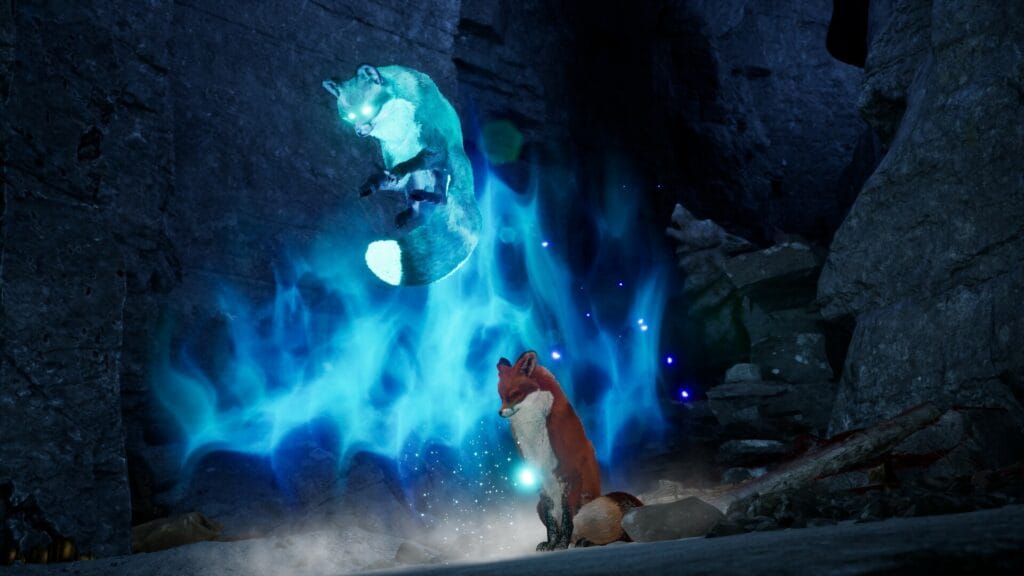
The game particularly appeals to stress-relief gamers looking for atmospheric experiences that prioritize discovery over achievement. Parents seeking family-friendly content that encourages patience and observation will find this an excellent choice. Environmental storytelling enthusiasts and indie game collectors should consider this essential playing.
However, players requiring clear objectives, frequent action sequences, or traditional progression systems may find the experience frustratingly aimless. The commitment to wordless storytelling also means that narrative clarity sometimes suffers, potentially alienating players who prefer explicit plot development.
A Journey Worth Taking
Final Score: 4/5
Spirit of the North 2 succeeds admirably at expanding its predecessor’s foundation while preserving the meditative qualities that made the original special. Despite technical limitations and occasional pacing issues, this represents a meaningful evolution rather than a simple cash grab sequel.
The game’s greatest achievement lies in creating genuine emotional investment through environmental storytelling and character animation rather than exposition or dialogue. When everything clicks-fox and raven working in harmony to solve an ancient puzzle while ethereal music swells over snow-capped peaks-few gaming experiences feel as spiritually fulfilling.
Technical issues and pacing concerns prevent this from achieving masterpiece status, but the core experience remains compelling enough to recommend enthusiastically. For players willing to embrace its deliberate pace and trust in its wordless narrative approach, Spirit of the North 2 offers a uniquely moving adventure that lingers long after the credits roll.
The fox’s journey through corrupted sacred lands serves as both environmental allegory and personal meditation, proving that video games can be profound without being pretentious. While it may not revolutionize the medium, it demonstrates the continued relevance of thoughtful, atmospheric design in an industry increasingly focused on spectacle over substance.
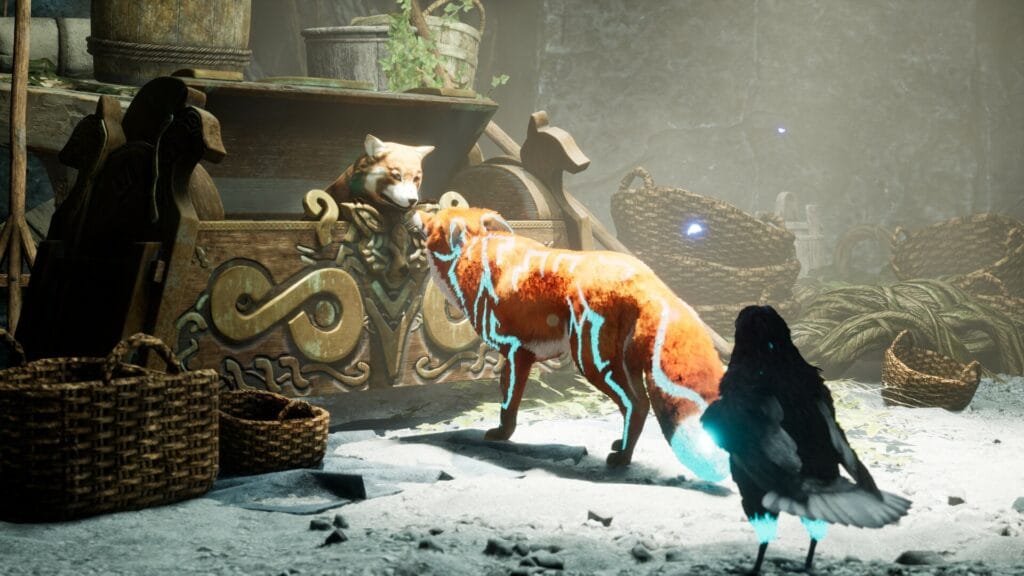
A beautifully flawed gem that prioritizes heart over technical perfection.
This review of Spirit of the North 2 is based on the PC version, with a code provided by the game’s publisher.


